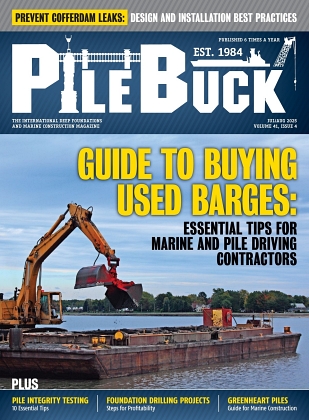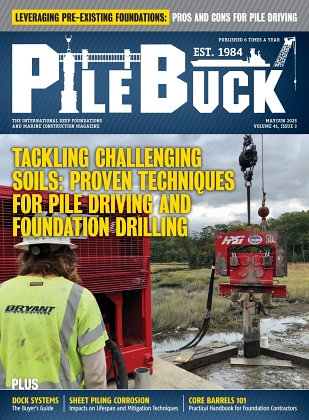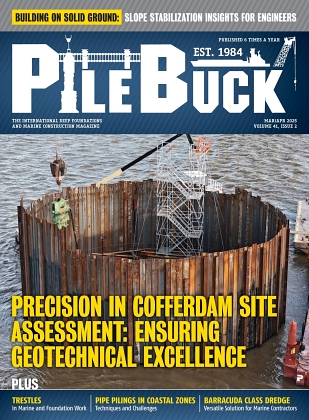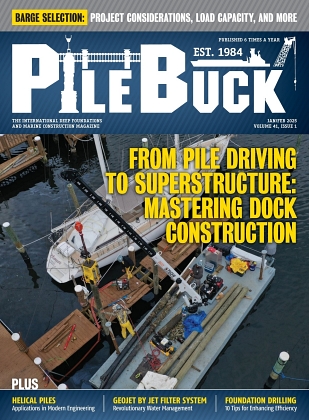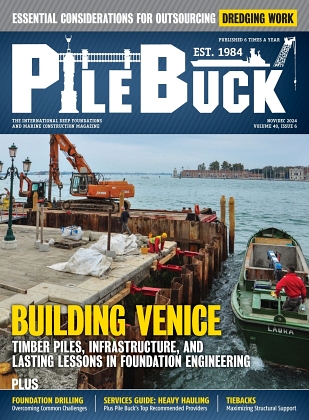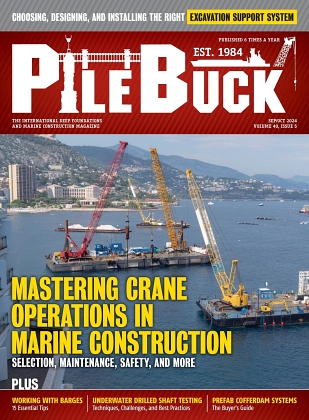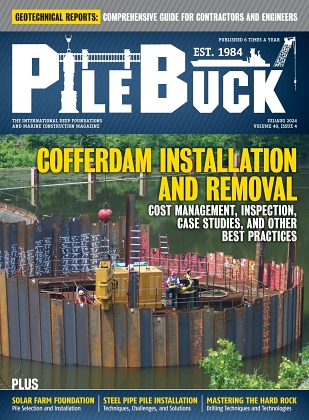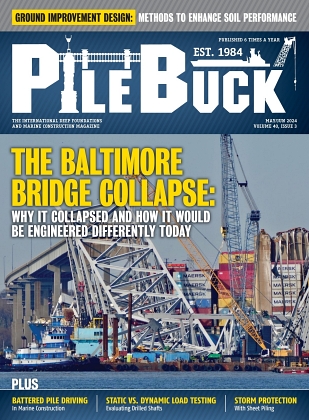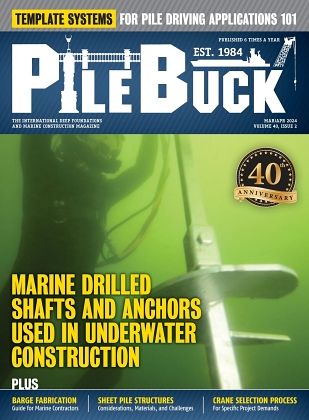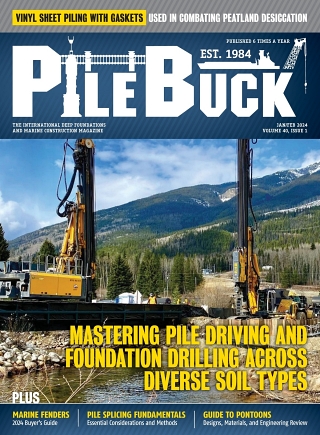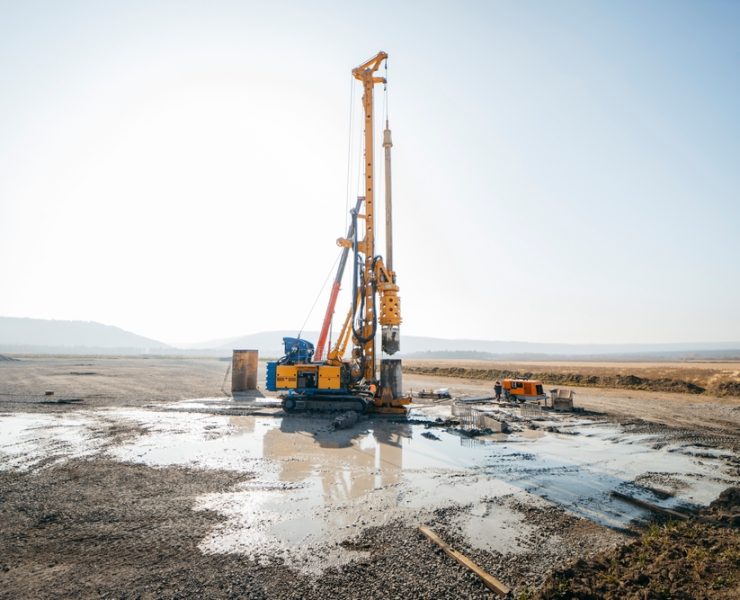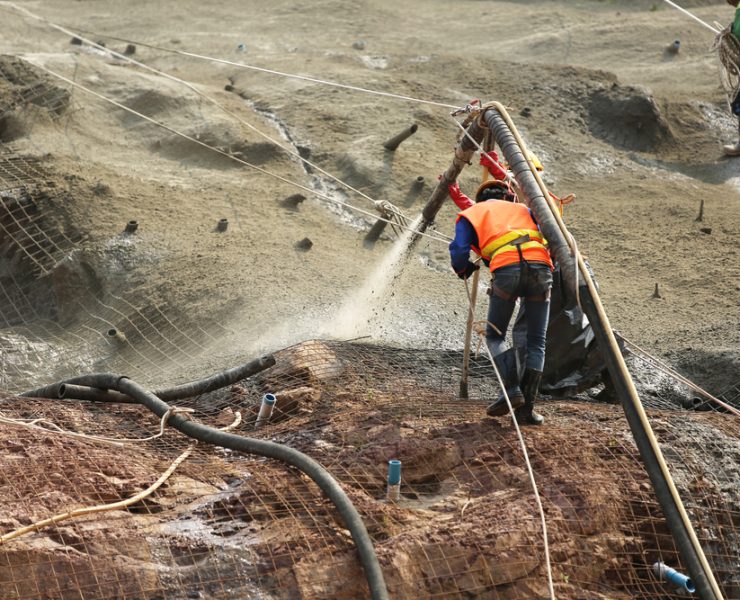Deep Foundation Innovations for Bridge Construction in Challenging Terrains
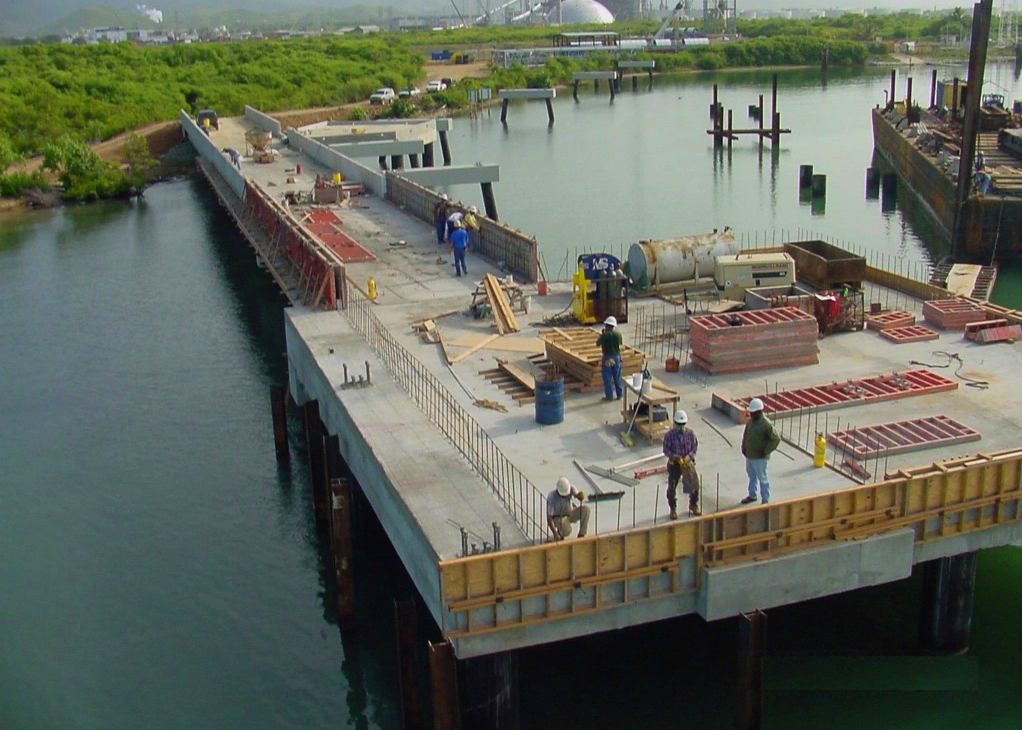

Bridge construction in difficult terrain demands sophisticated engineering and reliable deep foundation systems. When soil layers vary rapidly or when water, scour and seismic loads influence the site, the foundation must serve as a stable interface between the structure and the subsurface. Modern innovations have made it possible to build safe and efficient bridges even where ground conditions once made construction impractical.
Understanding the Terrain Challenge
Geotechnical Complexity Beneath Bridge Sites
Challenging terrains often include soft clays, loose sands, mixed alluvium and highly irregular bedrock profiles. River crossings may require foundations that can resist hydrodynamic pressures, scour and lateral loads generated by shifting channels. Mountainous regions bring their own complexities, including steep slopes and variable rock quality. In seismic regions, liquefaction and lateral spreading significantly influence foundation design.
Why Deep Foundations Instead of Shallow Systems
Shallow foundations rely on near surface soils, but many bridge corridors lack the bearing capacity needed for structural loads. Deep foundations extend to stronger layers or rock, bypassing weak or compressible material. They also better resist uplift, overturning and vibration. In river or coastal sites, deep piles maintain stability even when scour removes large portions of upper soil layers.
Innovations in Deep Foundation Systems
Large Diameter and Drilled Pile Systems
Large diameter drilled shafts and drilled displacement piles represent key advancements in supporting long span bridge structures. Their high axial and lateral capacity allows engineers to reduce the number of foundations while improving structural performance. These systems perform well in mixed soils where rock sockets or deep bearing layers are required.
Composite and Alternative Pile Technologies
Hybrid systems combining caissons with piles have proven effective in deep water crossings and areas with significant scour risk. Alternative systems such as ductile iron piles and screw displacement piles provide logistical benefits in confined urban settings or sites requiring reduced vibration. These technologies expand the options available to designers working in restricted or sensitive environments.
Ground Improvement Methods Supporting Deep Foundations
Ground improvement is often paired with deep foundations to strengthen weak soils. Techniques such as jet grouting, deep soil mixing and stone column installation enhance the stability and stiffness of surrounding ground. These measures reduce settlement and improve lateral resistance, especially in soils susceptible to deformation or pore pressure buildup during seismic events.
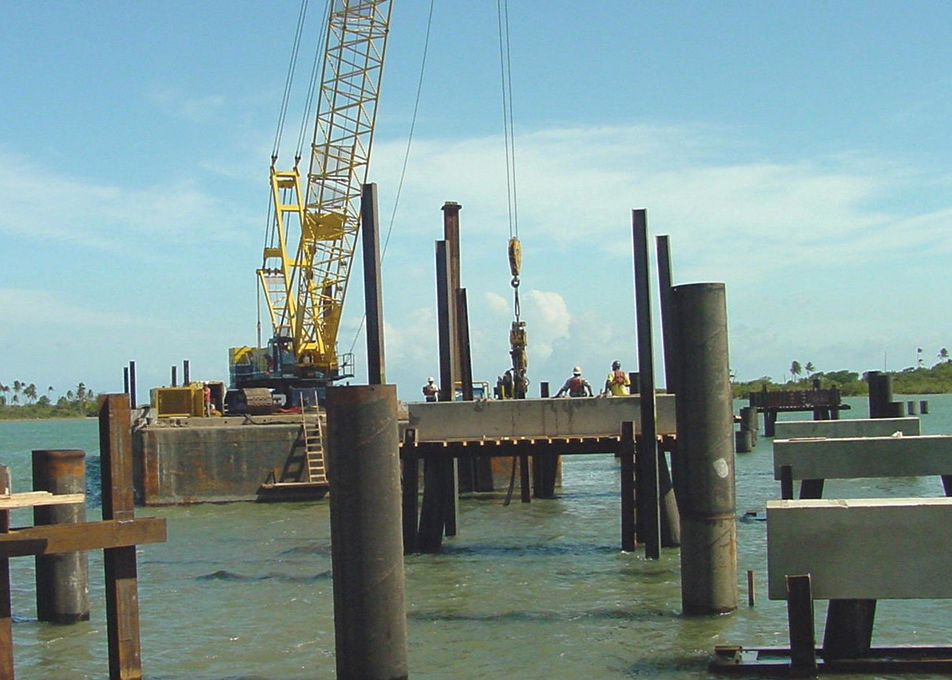
Designing for Bridge Applications
Load and Structural Considerations for Bridge Foundations
Bridge foundations are subjected to traffic loads, wind loads, hydrodynamic forces and seismic motions. Lateral spreading can impose kinematic loads that influence pile embedment and diameter. Designers must account for axial load capacity, moments, shear forces and long term durability under changing environmental conditions.
Importance of Geotechnical Investigation and Modelling
Effective bridge foundation design requires extensive subsurface investigation. Borings, CPT soundings, laboratory testing and groundwater monitoring create a full picture of the subsurface. Numerical modelling is then used to simulate soil structure interaction and evaluate pile behavior under combined loads. These tools help predict settlement, lateral displacement and overall performance.
Construction and Installation Advances
Quality Assurance and Foundation Monitoring
Modern construction relies heavily on quality assurance to confirm foundation integrity. Cross hole sonic logging, dynamic testing and other nondestructive methods verify pile soundness and installation quality. Monitoring during and after installation ensures that foundations meet design expectations and long term performance requirements.
Site Specific Installation Strategies
Installation strategies are chosen based on terrain constraints. Displacement piles reduce spoils and minimize disturbance in environmentally sensitive areas. Helical or screw shaped piles offer benefits in sites where low noise and vibration are required. In deep or variable soils, drilled shafts remain a primary choice due to their versatility and high strength.
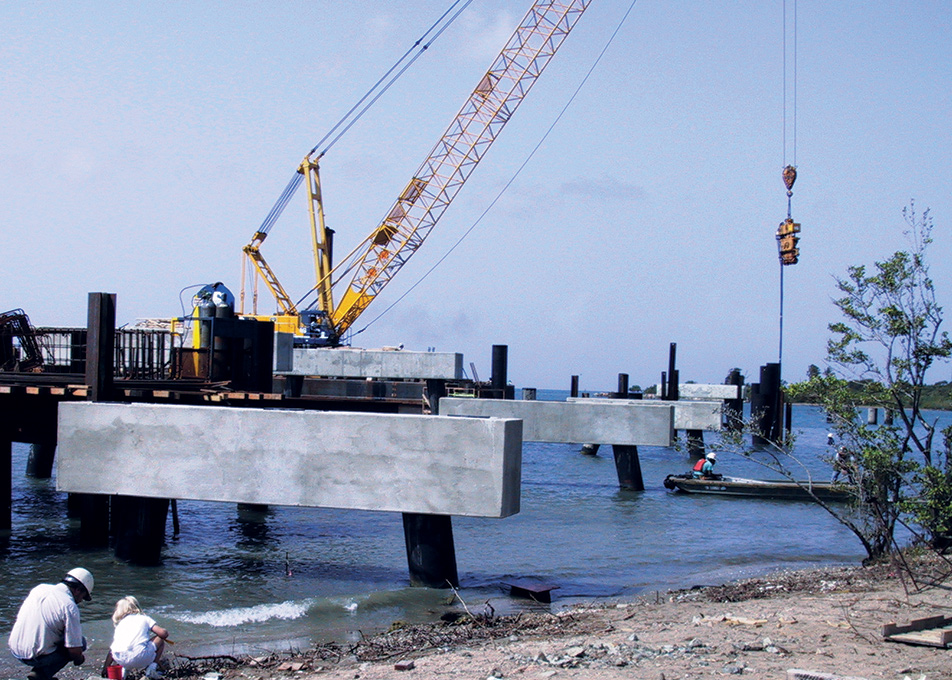
Sustainability and Life Cycle Resilience
Long Term Performance in Harsh Conditions
Deep foundations for bridges must withstand decades of exposure to water, temperature changes, corrosion and heavy structural loads. Material selection, proper embedment and corrosion protection contribute to long term resilience. Research into long term pile behavior continues to refine best practices for economic and sustainable design.
Role of Digital Tools and Real Time Monitoring
Digital instrumentation and monitoring platforms are increasingly used to improve construction accuracy and performance evaluation. Automated data collection and digital foundation models allow engineers to verify behavior in real time and adjust construction techniques if needed. These tools are becoming valuable for both new and existing bridge structures.
Case Linking and Practical Deployment
Bridge projects in difficult terrain benefit from partnering with a specialized deep foundation contractor that brings a wide range of piling technologies and installation capabilities. Their experience supports selection of drilled shafts, displacement piles or hybrid systems based on the specific subsurface environment and project constraints.
In complex regions where soils vary and access is limited, contractors offering advanced piling solutions play a crucial role in delivering stable, long lasting foundations. Their integration of ground improvement, precision installation and quality monitoring creates systems capable of supporting bridges through the most demanding conditions.
Advancements in deep foundation engineering have transformed bridge construction in challenging terrains. Innovations in pile technology, hybrid systems, ground treatment, instrumentation and modelling provide engineers with robust tools for designing resilient structures. Paired with detailed geotechnical investigation and high quality installation, these systems ensure that bridges remain safe and durable even in the most complex environments.


